

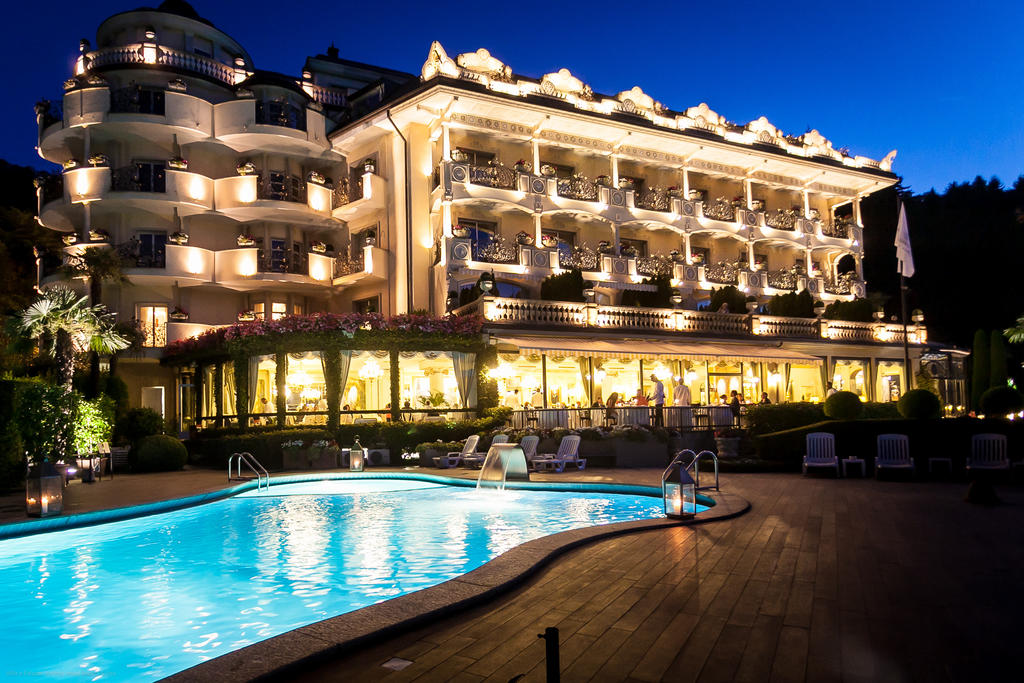



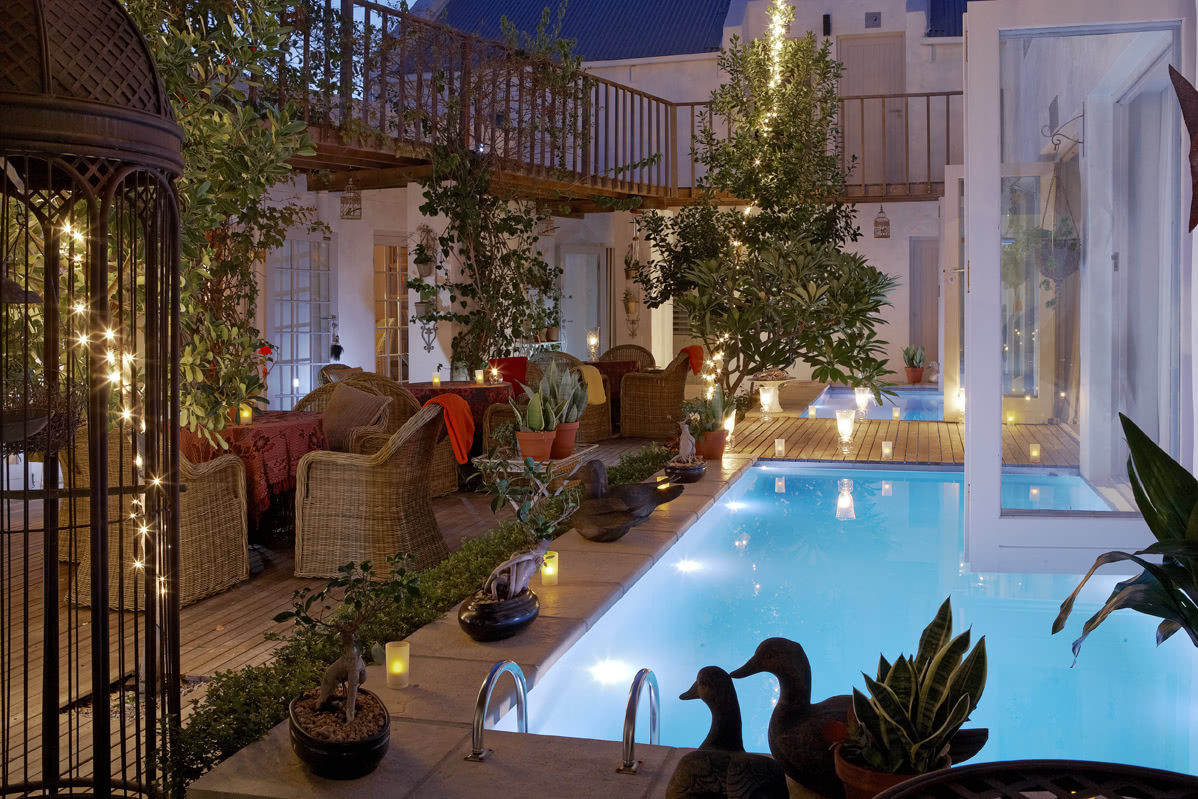
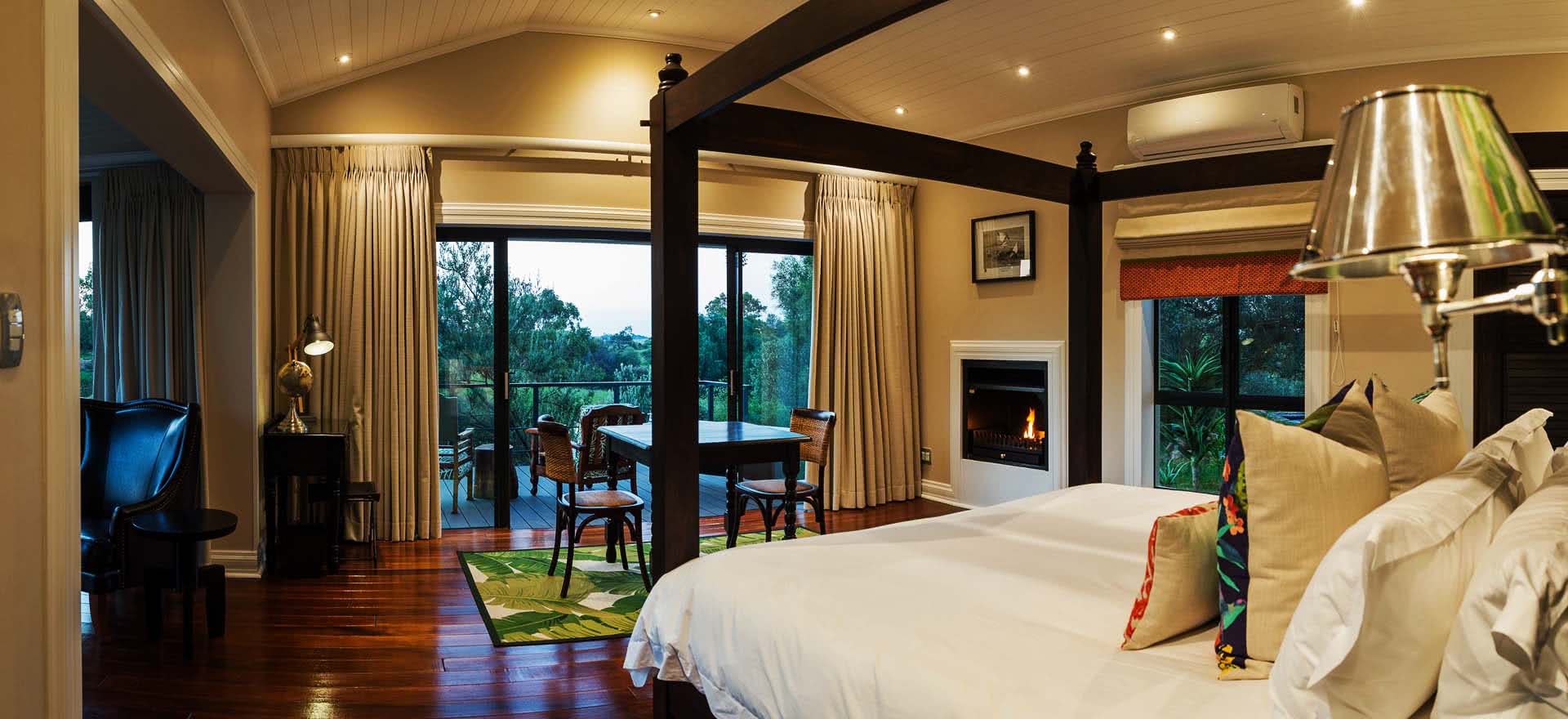
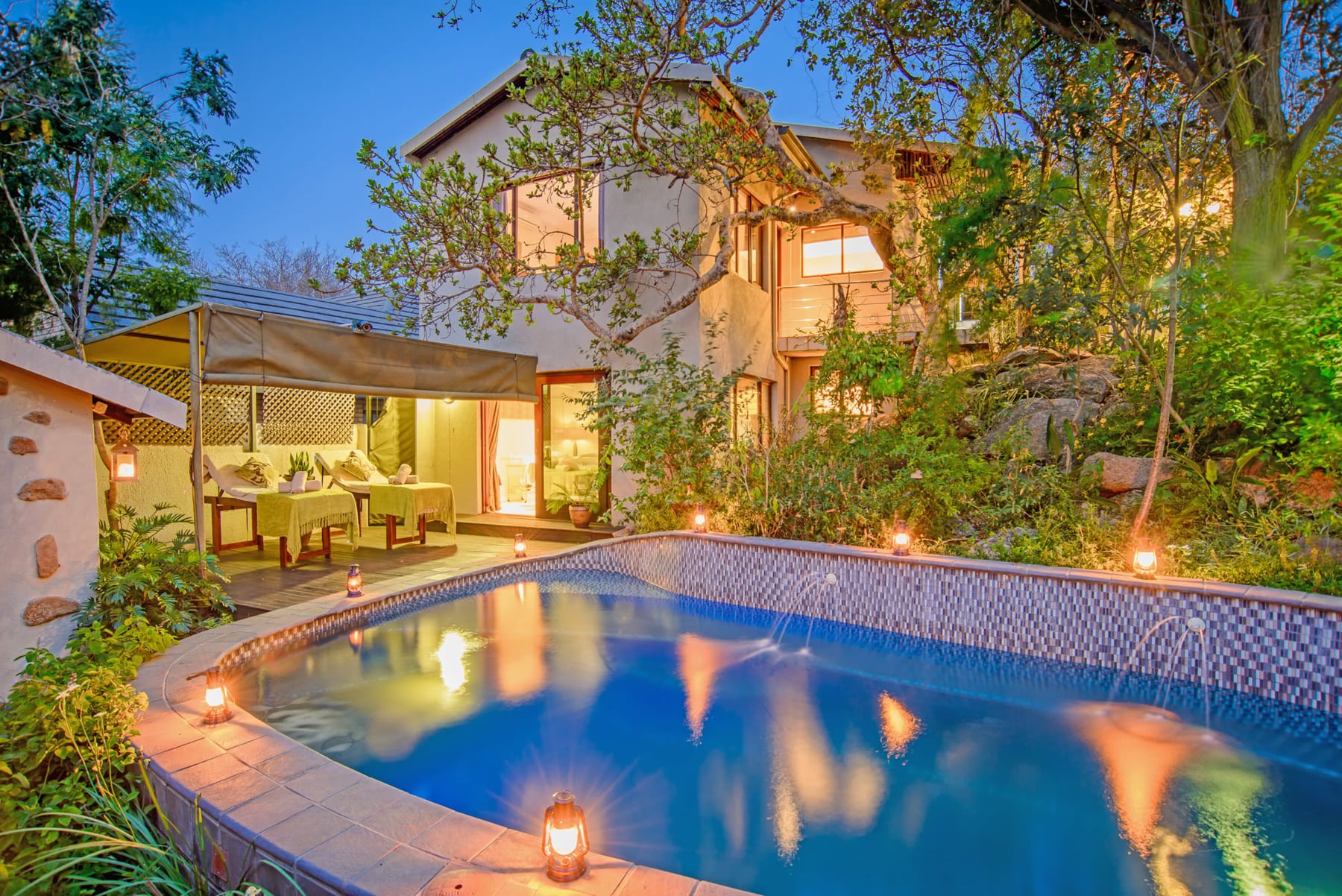




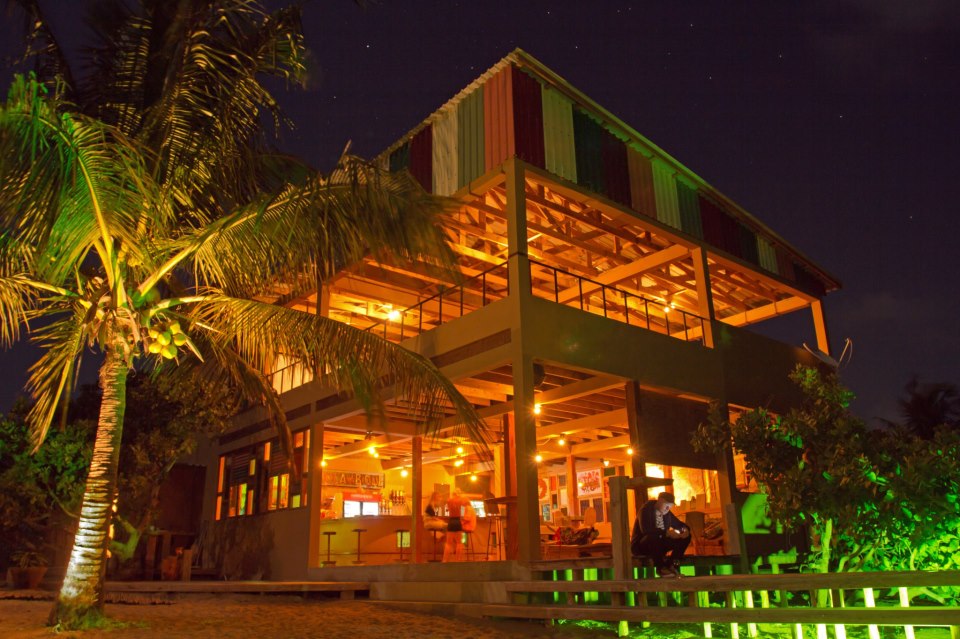




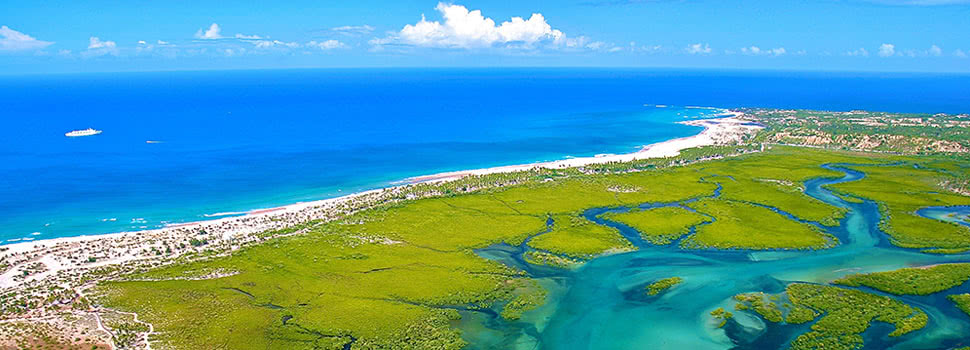
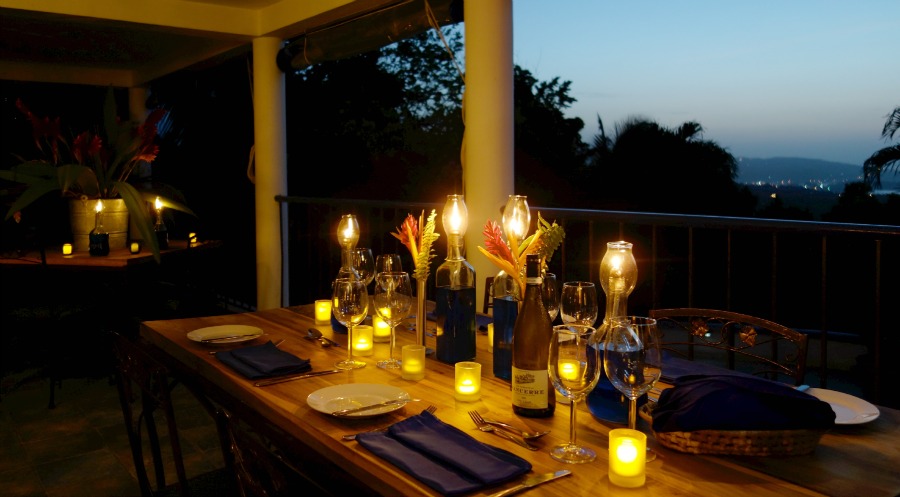



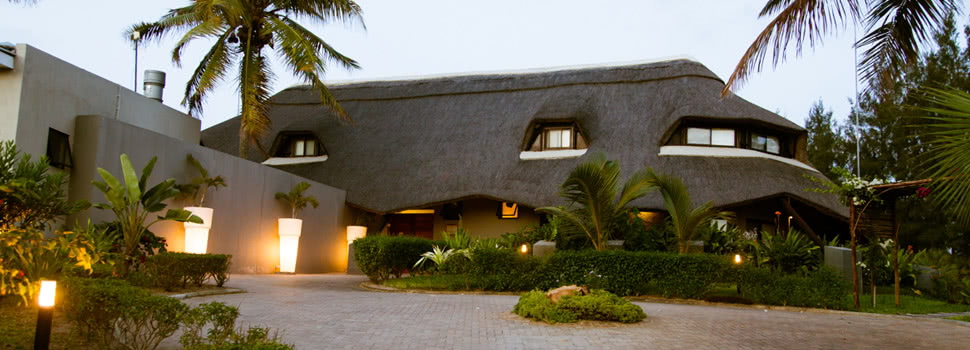



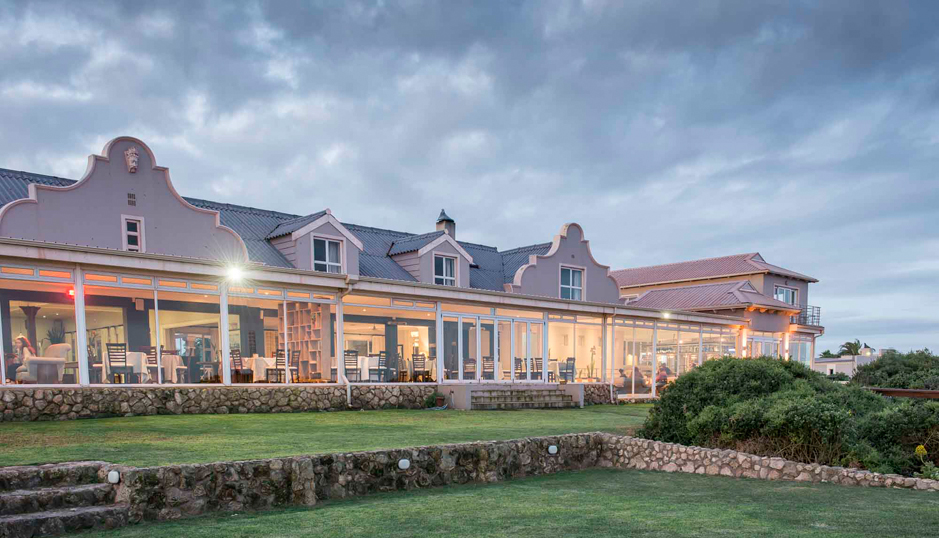





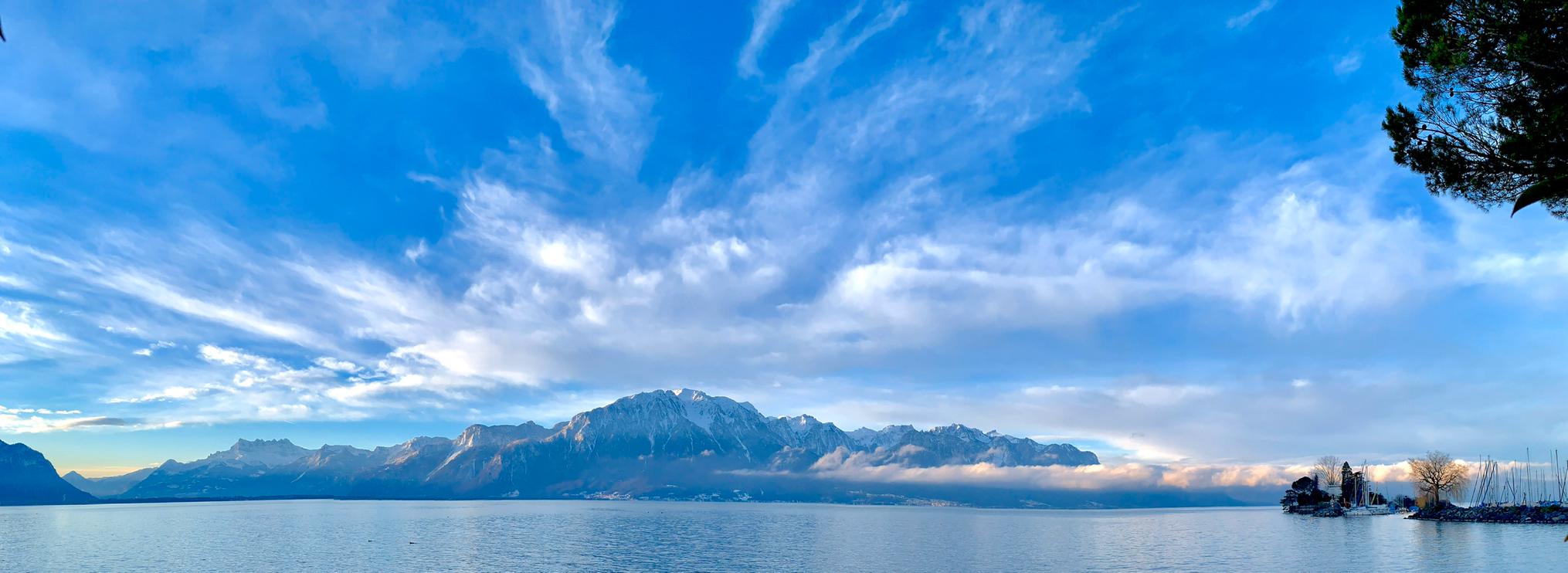


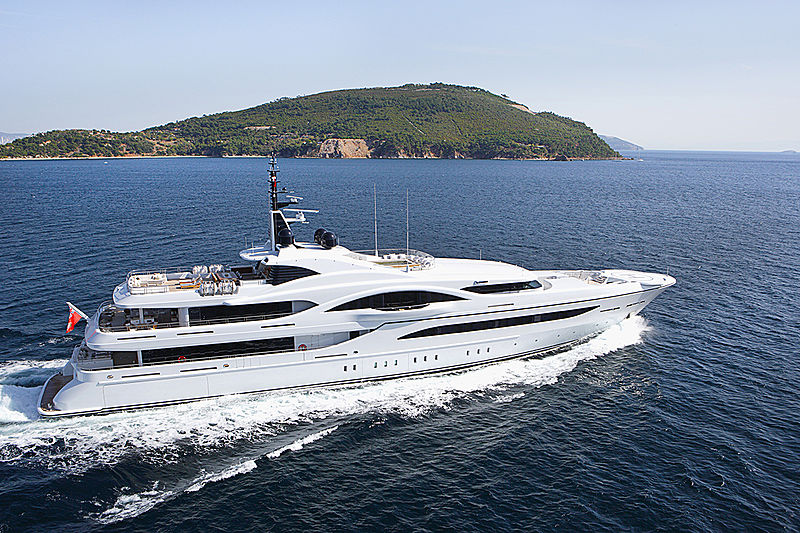














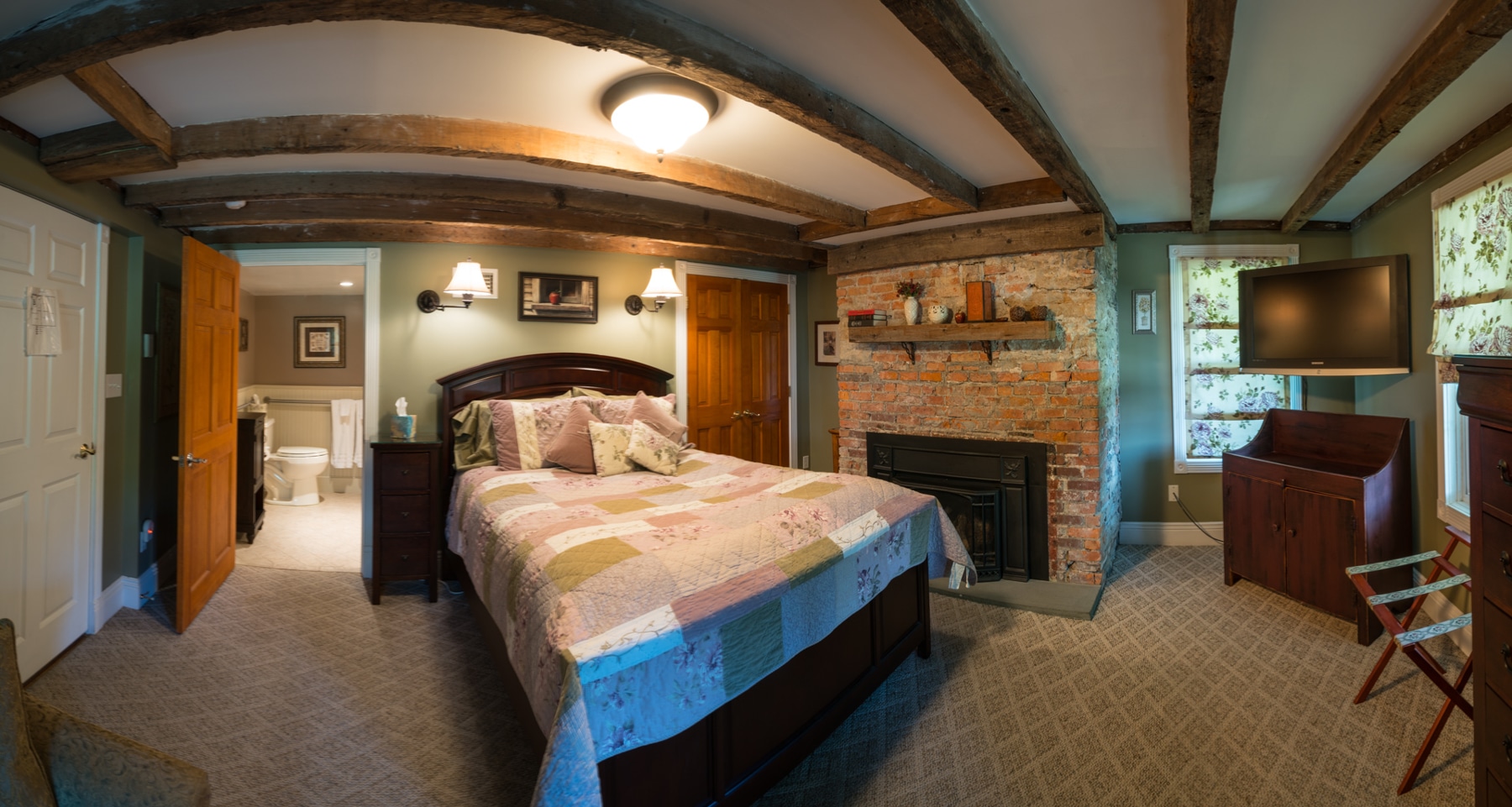






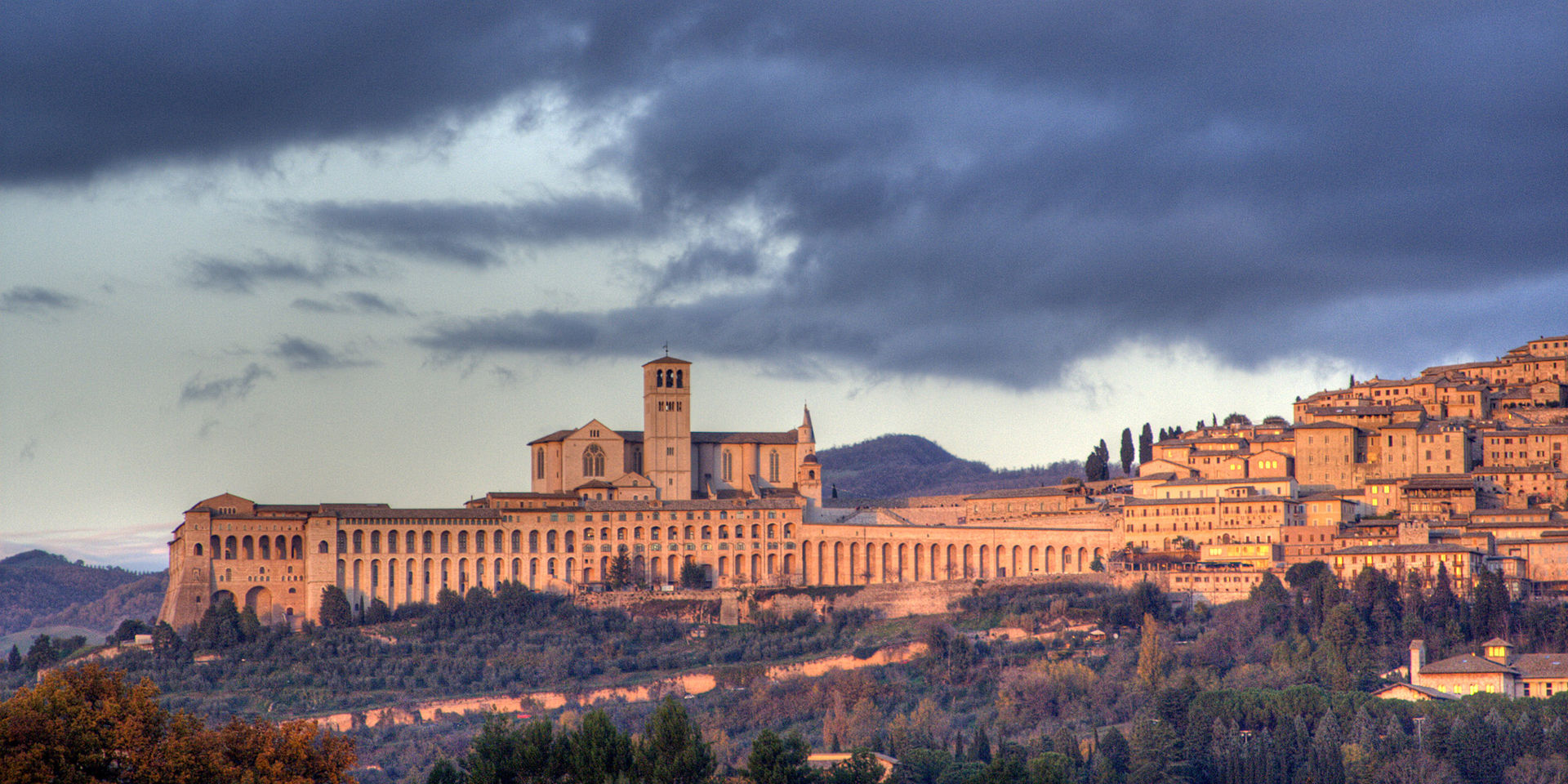
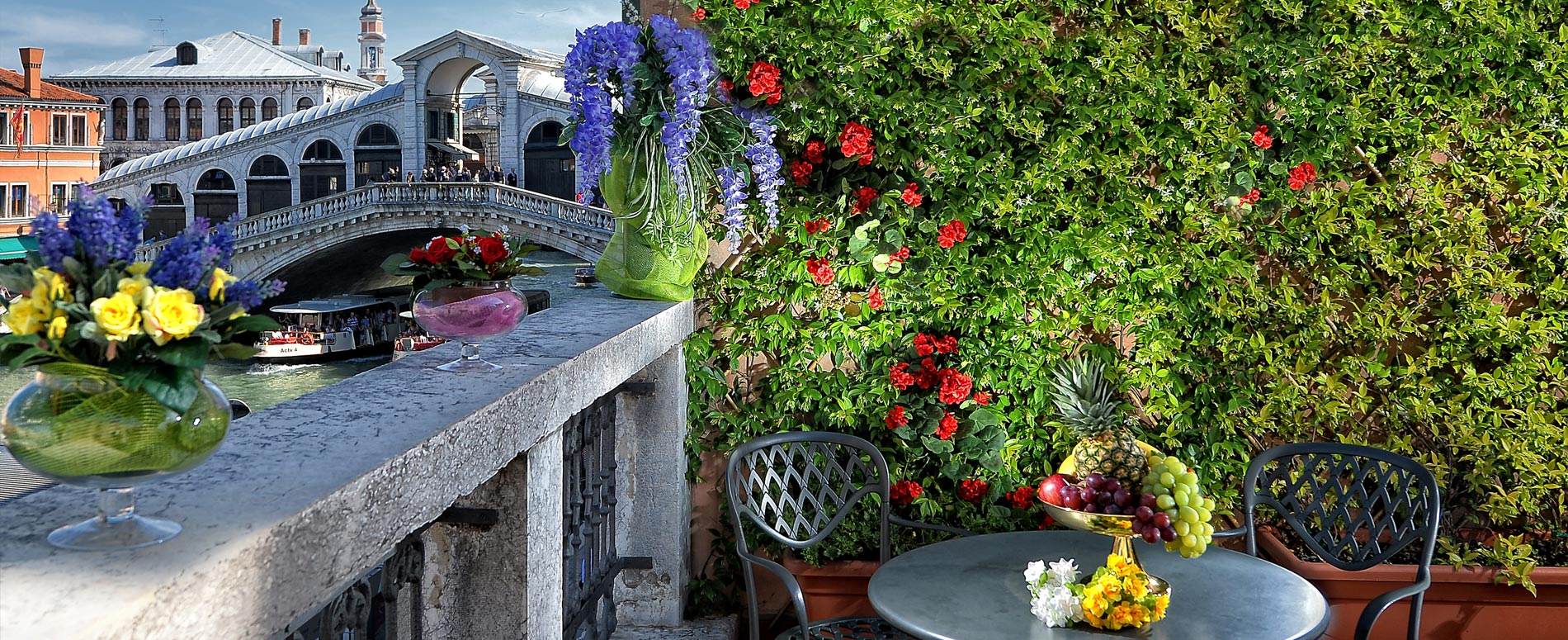








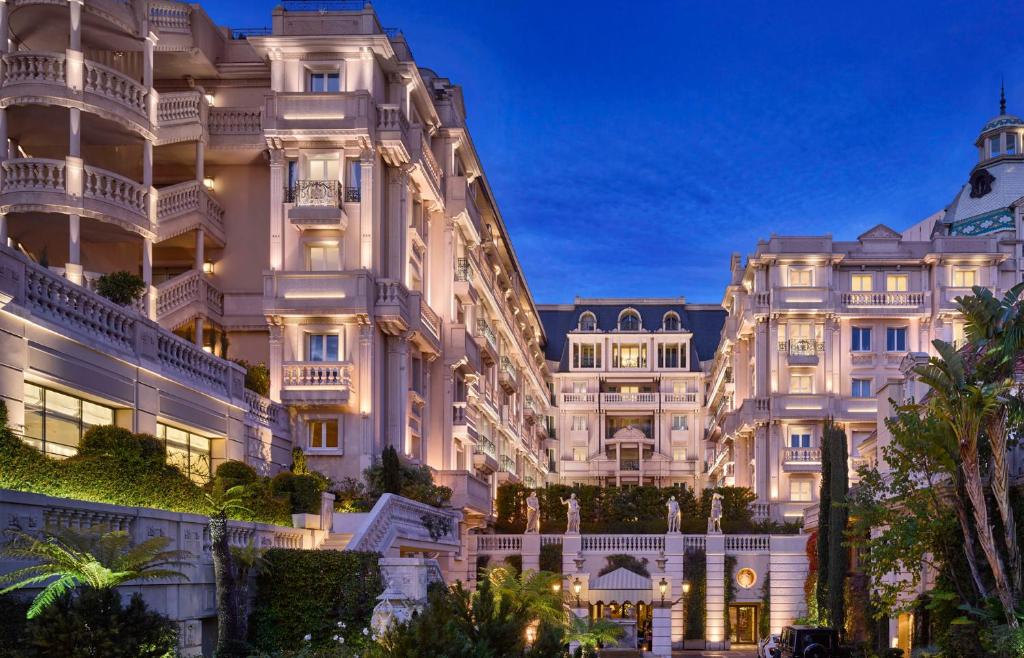



Rio de Janeiro, Brazil
Agent: Cliff Jacobs - Managing Principal Estate Agent & CEO (Nat.Dpl.Hotel Man (UJ). M.P.R.E.)
Agent Cellphone: +27 (0) 84 413 1071 / +27 (0) 61 716 6951
Agent Office Number: +27 (0) 84 413 1071
Agent Email Address: cliff@exquisitehotelconsultants.com
Type: Hotels
Bedrooms: 0
Bathrooms: 0
Parking: 0
Yield: Not Disclosed
Rio de Janeiro
In Rio de Janeiro, every day is a party. Rio, as it's usually called, is a place like absolutely no other in the world. The jet set and glitterati descend here year-round for the white-sand beaches, bass-forward nightlife, and five heady days of Carnival bacchanal celebrations in February or March. But you don't have to be a thong-clad party seeker to appreciate the literal highs of mountainous Rio. The breathtakingly beautiful city is home to landmark sites like the Christ the Redeemer statue and world-class art museums. Sprinkle in beach volleyball matches, samba dancing, and stunning tropical mountains meet azure sea scenery you won't find anywhere else. But there are a few things to keep in mind: Brazil no longer requires a visa for American visitors (you'll pay an airport departure tax instead); the language is Portuguese, not Spanish; and the drug-trafficked favelas are a harsh reality. This Rio de Janeiro travel guide has everything you need to get started planning an unforgettable trip.
Rio de Janeiro is a bustling and modern beachfront city, with something for tourists to see and do on and off the sand 12 months out of the year. Weather wise, December through March (Brazil's summer months) and September through November (spring in Brazil) means temperatures in the 70s to 90s (Fahrenheit) and little rain. With Carnival comes crowds in February or March, but that's half the fun. It's no surprise New Year's Eve is another epically popular time to party in Rio.
Rio de Janeiro, literally 'River of January'), or simply Rio, is the capital of the state of the same name (Brazil's third most populous state), and the second most populous city in Brazil, after São Paulo. Listed by the GaWC as a beta global city, Rio de Janeiro is the sixth most populous city in the Americas. Part of the city has been designated as a World Heritage Site, named "Rio de Janeiro: Carioca Landscapes between the Mountain and the Sea", on 1 July 2012 as a Cultural Landscape.
Founded in 1565 by the Portuguese, the city was initially the seat of the Captaincy of Rio de Janeiro, a domain of the Portuguese Empire. In 1763, it became the capital of the State of Brazil, a state of the Portuguese Empire. In 1808, when the Portuguese Royal Court moved to Brazil, Rio de Janeiro became the seat of the court of Queen Maria I of Portugal. She subsequently, under the leadership of her son the prince regent John VI of Portugal, raised Brazil to the dignity of a kingdom, within the United Kingdom of Portugal, Brazil, and Algarves. Rio remained as the capital of the pluricontinental Lusitanian monarchy until 1822, when the Brazilian War of Independence began. This is one of the few instances in history that the capital of a colonizing country officially shifted to a city in one of its colonies. Rio de Janeiro subsequently served as the capital of the independent monarchy, the Empire of Brazil, until 1889, and then the capital of a republican Brazil until 1960 when the capital was transferred to Brasília.
Rio de Janeiro has the second largest municipal GDP in the country, and 30th-largest in the world in 2008. This is estimated at R$343 billion. In the city are the headquarters of Brazilian oil, mining, and telecommunications companies, including two of the country's major corporations, Petrobras and Vale, and Latin America's largest telemedia conglomerate, Grupo Globo. The home of many universities and institutes, it is the second-largest center of research and development in Brazil, accounting for 17 percent of national scientific output according to 2005 data.[10] Despite the high perception of crime, the city actually has a lower incidence of crime than most state capitals in Brazil.
Rio de Janeiro is one of the most visited cities in the Southern Hemisphere and is known for its natural settings, carnival, samba, bossa nova, and balneario beaches such as Barra da Tijuca, Copacabana, Ipanema, and Leblon. In addition to the beaches, some of the most famous landmarks include the giant statue of Christ the Redeemer atop Corcovado mountain, named one of the New Seven Wonders of the World; Sugarloaf Mountain with its cable car; the Sambódromo (Sambadrome), a permanent grandstand-lined parade avenue which is used during Carnival; and Maracanã Stadium, one of the world's largest football stadiums. Rio de Janeiro was the host of the 2016 Summer Olympics and the 2016 Summer Paralympics, making the city the first South American and Portuguese-speaking city to ever host the events, and the third time the Olympics were held in a Southern Hemisphere city. The Maracanã Stadium held the finals of the 1950 and 2014 FIFA World Cups, the 2013 FIFA Confederations Cup, and the XV Pan American Games. In 2024, the city will host the G20 summit.
History
Pre-colonial period
The region of Rio was inhabited by the Tupi, Puri, Botocudo and Maxakalí peoples.
Colonial period
Europeans first encountered Guanabara Bay on 1 January 1502 (hence Rio de Janeiro, "January River"), during a Portuguese expedition under explorer Gaspar de Lemos, captain of a ship in Pedro Álvares Cabral's fleet, or under Gonçalo Coelho. Allegedly the Florentine explorer Amerigo Vespucci participated as observer at the invitation of King Manuel I in the same expedition.
In 1555, one of the islands of Guanabara Bay, now called Villegagnon Island, was occupied by 500 French colonists under the French admiral Nicolas Durand de Villegaignon. Consequently, Villegagnon built Fort Coligny on the island when attempting to establish the France Antarctique colony. Eventually this French settlement became too much of a threat to the established Portuguese colony and in 1560 the order was made to get rid of them. A years-long military aggression was then initiated by the new Governor General of Brazil Mem De Sa, and later continued by his nephew Estacio De Sa. On 20 January 1567, a final defeat was imposed on the French forces and they were decisively expelled from Brazil for good.
The city of Rio de Janeiro proper was founded on 1 March 1565 by the Portuguese, led by Estácio de Sá, including Antônio de Mariz. It was named São Sebastião do Rio de Janeiro, in honor of St. Sebastian, the saint who was the namesake and patron of the Portuguese then-monarch Sebastião. Rio de Janeiro was the name of Guanabara Bay. Until early in the 18th century, the city was threatened or invaded by several mostly French pirates and buccaneers, such as Jean-François Duclerc and René Duguay-Trouin.
In the late 17th century, still during the Sugar Era, the Bandeirantes discovered gold and diamonds in the neighboring captaincy of Minas Gerais, thus Rio de Janeiro became a much more practical port for exporting wealth (gold, precious stones, besides the sugar) than Salvador, Bahia, much farther northeast. On 27 January 1763, the colonial administration in Portuguese America was moved from Salvador to Rio de Janeiro. The city remained primarily a colonial capital until 1808, when the Portuguese royal family and most of the associated Lisbon nobles, fleeing from Napoleon's invasion of Portugal, moved to Rio de Janeiro.
Geography
Rio de Janeiro is on the far western part of a strip of Brazil's Atlantic coast (between a strait east to Ilha Grande, on the Costa Verde, and the Cabo Frio), close to the Tropic of Capricorn, where the shoreline is oriented east–west. Facing largely south, the city was founded on an inlet of this stretch of the coast, Guanabara Bay (Baía de Guanabara), and its entrance is marked by a point of land called Sugar Loaf (Pão de Açúcar) – a "calling card" of the city.
The center (Centro), the core of Rio, lies on the plains of the western shore of Guanabara Bay. The greater portion of the city, commonly referred to as the North Zone (Zona Norte, Rio de Janeiro), extends to the northwest on plains composed of marine and continental sediments and on hills and several rocky mountains. The South Zone (Zona Sul) of the city, reaching the beaches fringing the open sea, is cut off from the center and from the North Zone by coastal mountains. These mountains and hills are offshoots of the Serra do Mar to the northwest, the ancient gneiss-granite mountain chain that forms the southern slopes of the Brazilian Highlands. The large West Zone (Zona Oeste), long cut off by the mountainous terrain, had been made more easily accessible to those on the South Zone by new roads and tunnels by the end of the 20th century.
The population of the city of Rio de Janeiro, occupying an area of 1,182.3 km2 (456.5 sq mi), is about 6,000,000. The population of the greater metropolitan area is estimated at 11–13.5 million. Residents of the city are known as cariocas. The official song of Rio is "Cidade Maravilhosa", by composer André Filho.
Tourism
Rio de Janeiro is Brazil's primary tourist attraction and resort. It receives the most visitors per year of any city in South America with 2.82 million international tourists a year.
The city boasts world-class hotels, like Belmond Copacabana Palace, approximately 80 kilometers of beaches and the famous Corcovado, Sugarloaf mountains and Maracanã Stadium. While the city had in past had a thriving tourism sector, the industry entered a decline in the last quarter of the 20th century. Annual international airport arrivals dropped from 621,000 to 378,000 and average hotel occupancy dropped to 50% between 1985 and 1993. The fact that Brasília replaced Rio de Janeiro as the Brazilian capital in 1960 and that São Paulo replaced Rio as the country's commercial, financial and main cultural center during the mid-20th century, has also been cited as a leading cause of the decline.
Rio de Janeiro's government has since undertaken to modernize the city's economy, reduce its chronic social inequalities, and improve its commercial standing as part of an initiative for the regeneration of the tourism industry.
Rio de Janeiro is an international hub of highly active and diverse nightlife with bars, dance bars and nightclubs staying open well past midnight. The city is an important global LGBT destination, 1 million LGBT tourists visiting each year.
The Farme de Amoedo Street "Rua Farme de Amoedo" is located in Ipanema, a famous neighborhood in the South Zone of Rio de Janeiro. The street and the nearby beach, famous tourist spots, are remarkable for their popularity in the LGBT community. Rio de Janeiro is the most awarded destination by World Travel Awards in the South American category of "best destination."
Public Tranportation
In Rio de Janeiro, buses are the main form of public transportation. There are nearly 440 municipal bus lines serving over four million passengers every day, in addition to intercity lines. Although cheap and frequent, Rio's transportation policy has been moving towards trains and subway in order to reduce surface congestion and increase carrier capacity. Rio's public transportation service has been a target of many critics and the motive of the 2013's protests and manifestations that started in São Paulo and spread through the entire country. According to the people, the raise in the bus and subway fares are invalid, seeing that the amount charged is too high for the low quality of the services.
The average amount of time people spend commuting with public transit in Rio de Janeiro, for example to and from work, on a weekday is 95 min. 32% of public transit riders, ride for more than two hours every day. The average amount of time people wait at a stop or station for public transit is 19 min, while 35% of riders wait for over 20 minutes on average every day. The average distance people usually ride in a single trip with public transit is 12.3 km (8 mi), while 37% travel for over 12 km (7 mi) in a single direction.
How to Get Around
Trains: The three-line subway system, called MetroRIo, is clean, convenient, and safe. This is the best way to get around the city and avoid traffic.
Buses: Cheaper than taxis and trains, but the buses in Rio are crowded and slow.
Taxis: Yellow taxis are widely available—insist the driver turn on the meter instead of haggling over the fare.
Car service: Uber is available in Rio. You'll need internet access on your phone to use the app. From Galeao Airport, Uber departs on the second level.
Owner's comments regarding the sale of their 4 hotels in Rio de Janeiro:
Please be advised that this is an Off Market, Private Sale.
Hotel nr 1: is located on one of the major avenues in Copacabana. Close to the beach and in front of Americas Copacabana. Plenty of public transport.
Hotel nr 2: is located on one of the major avenues in Copacabana. Close to the beach and commercial area, as well as the airport, Sugar Loaf Mountain, and Rio Sul Mall. Plenty of public transport.
Hotel nr 3: is located in Barra da Tijuca. Close to Riocentro, shopping malls, Jacarepagua Airport and 10 minutes to the beach.
Hotel nr 4: is located downtown, in the historical area, close to the Rio de Janeiro Cathedral and important business and commercial area. Cultural scene is specially strong close by.
509 rooms and suites in total (for the 4 hotel package).




















































Cliff Jacobs (Nat Dpl Hotel Man (UJ). MPRE. GA Level 5 TEFL) Managing Principal / CEO Exquisite Hotel Consultants (Pty) Ltd Mobile: +27 (0) 84 413 1071 / +27 (0) 61 716 6951 Email: cliff@exquisitehotelconsultants.com Web: https://www.exquisitehotelconsultants.com © All rights reserved Terms and Conditions apply Scroll down to view our Hospitality Properties and Businesses for sale or lease or lease-to-buy or partnership arrangement or management agreement arrangement.